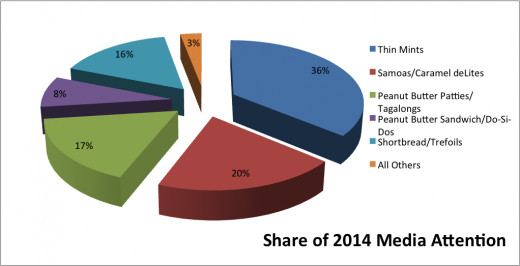Measuring New PR Trends
PR Trends
Public relations is constantly spanning out in various directions in the ever-growing world of technology and social media. PR measurement was once a tool that was easy to utilize for determining how effective marketing strategies were. There was a general refuge in knowing that marketing dollars were being used efficiently and successfully. However, with the Internet marketing age and fast-moving competitors dictating new marketing techniques, is seems as though public relations measurement is quite difficult to determine.
Coverage

Public Relations Rules Of The Game Have Changed
There are new rules to the game of PR measurement. Not long ago, public relations management simply meant that you gauged whether or not the targeted advertising dollars were enticing consumers to the products or services that they were promoting. Today, part of public relations is networking and tapping social media marketing where the competitors are spreading the word about their products and services. Public relations is not just about getting the word out to consumers; it is also about gaining the competitive advantage in marketing markets which are incredibly difficult to measure.
Measuring New Trends
The lack of comfortable methods to measure how these techniques are working leaves public relations professionals in a questionable seat. The great news is: There are PR measurement methods that can be used to determine whether the new trends are working for a company or not. Today, PR measurement is all about knowing the rules of the new game. The following ideas are some great PR tips and measurement tips that will help you understand the new trends and how to measure them with at least a little more confidence.
Blogging
Television commercials and radio spots used to be the way to grab attention in the public relations field and get whatever you were selling sold. Now, public relations specialists have to get out there in the social media networks and top sites on the web to grab and take hold of the attention. Blogs used to be at the bottom of the totem pole in regard to the Internet, but blogs have become one of the emerging trends that public relations should not overlook when promoting products and services.
Personal blogs are the places to be on the Internet if you want to find out about new products and services, people’s opinions, new information, news stories, and advice. Take a look at the Huffington Post, for example, which hits the #1 spot on every “top blog” list on the Internet. With over 28 million unique monthly visitors, the Huffington Post is a blog to admire. Creating a blog that people come to for the information, advice, and expertise that it offers is a method of PR that every company can use today to increase their sales. The problem that comes along with this is: How can we measure this type of PR?
Measurement & Success
The best way for PR measurement in the case of marketing by blogging is to track the amount of unique visitors who are finding their way to the blog. Page rank will assess how many people are linking to you, but this tool will not offer vital statistics on sales. Page views are not a realistic way to track PR measurement; however, page views will help you to determine which pages are the most popular on the site. Ultimately, the amount of monthly unique visitors of the blog is the figure that you want to pay attention to when tracking how effective PR actually is. Normally, only a small percentage of this number will convert into customers. Therefore, the way to determine how effective the company blog is would be to figure out how many visitors converted into sales. Then, in order to work on increasing sales, the successful public relations specialist would need to work on increasing the amount of unique visitors to the blog or encouraging more of the visitors to convert into sales.
2014 Media Attention

Social Media
How many social media networks can you think of? Twitter, Facebook, Instagram, Pinterest, LinedIn, Google+, Foursquare…they continue to pop up everywhere! The problem is, there are so many people talking about so many different topics, products, services, events, it is difficult to stand out in the crowd. Social media is moving at such immeasurable speeds that even if your product or service is mentioned, it disappears as soon as the words hit people’s screens on their computers and smart phones. Regardless of this fact, it is vital to keep up with the madness and maintain a positive message to potential customers. The question is: Are your social media efforts bringing in sales or are they simply creating conversation?
Measurement & Success
The method to the social media madness is to track the shares, retweets, comments, favorites, and other vital interactions. You can have 3000 Twitter fans, but if nobody is retweeting your tweets or clicking the star to “favorite” your tweets, there is an obvious lack of interaction, and the odds are that your social media marketing, on Twitter at least, is not converting into sales. The goal to social media marketing is to encourage people to retweet your tweets, share your posts, and comment. Post a lot of pictures and videos, if possible, because people respond to posts with more than words the most. Tracking interaction will be the key to determining whether or not potential consumers are engaging with your social media accounts. The more interaction the social media accounts are experiencing, the better chances for sales conversions.
Conclusion
These PR measurement techniques will not provide you with 100% certainty that your efforts are paying off. Online sales cannot always be tracked back to where exactly they came from, and when numerous different methods of marketing are being utilized at the same time, tracking sales backwards becomes even more difficult. However, sales can be monitored carefully, and when sales increase tremendously, it would be a great time to look back at which campaigns could have contributed to those jumps in income.







